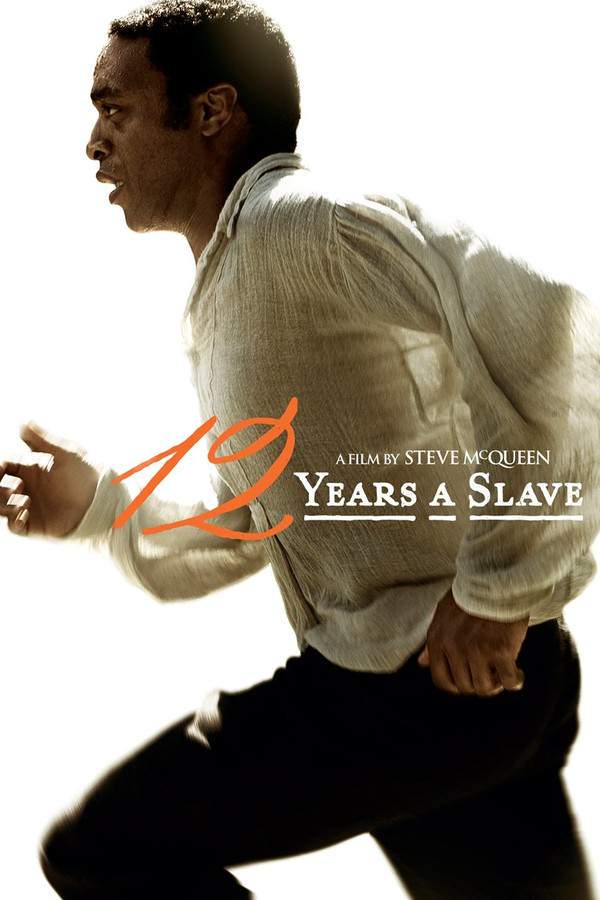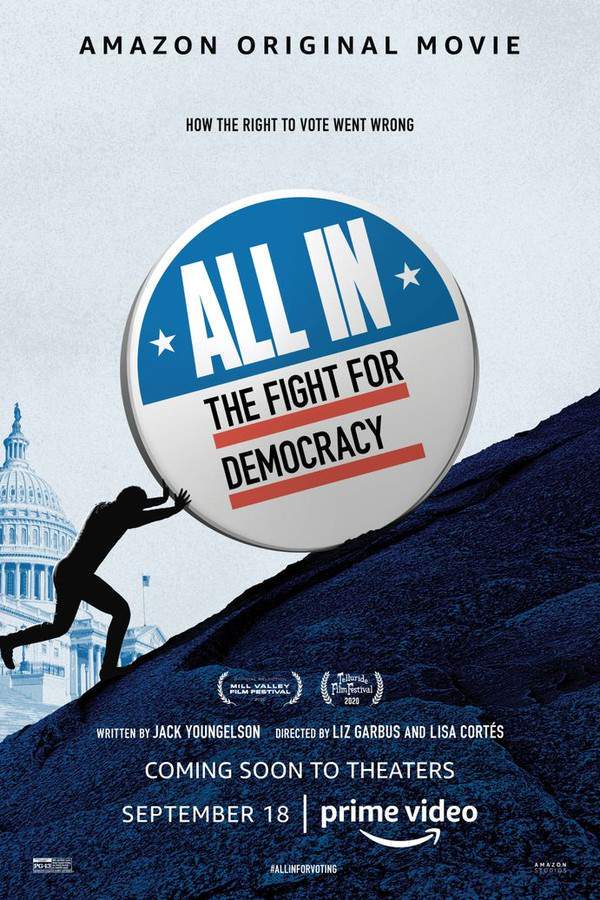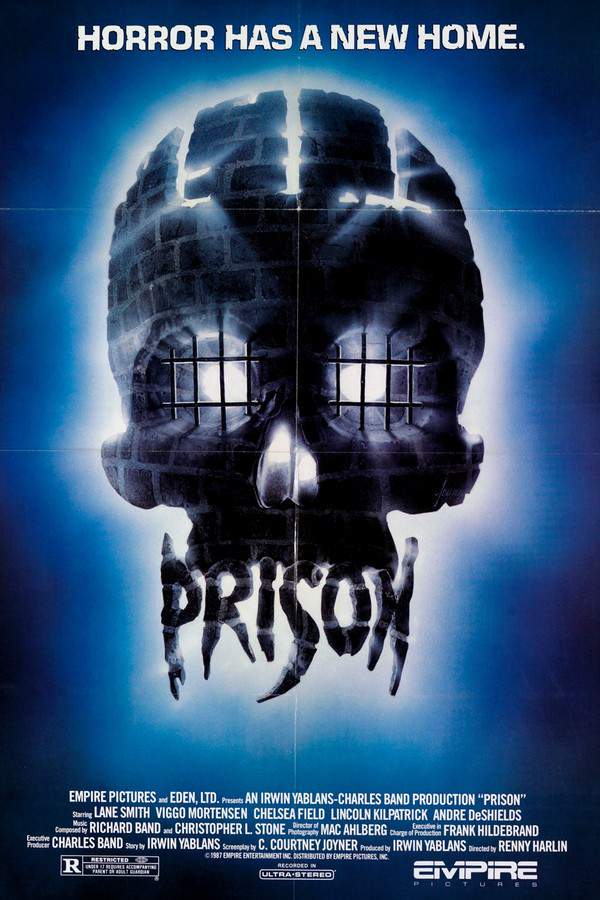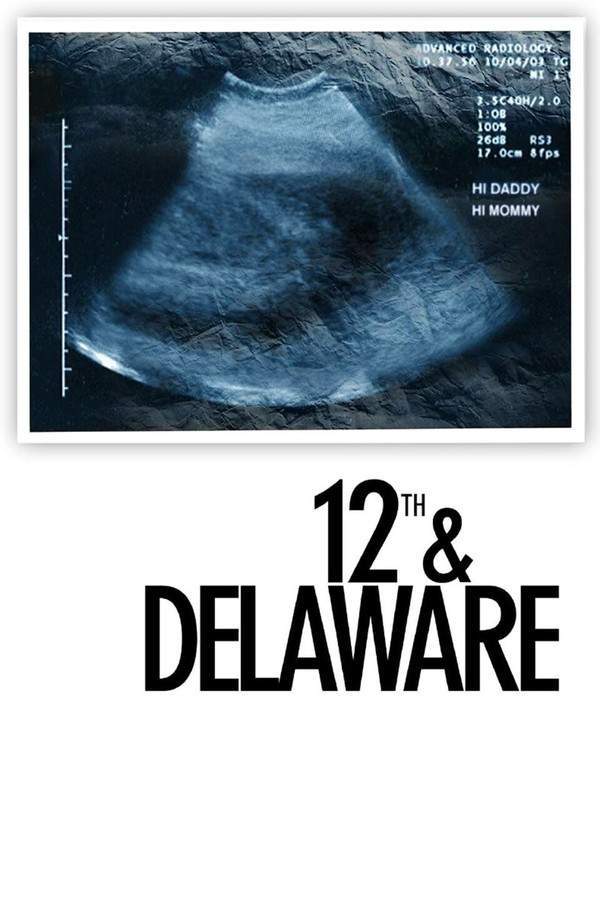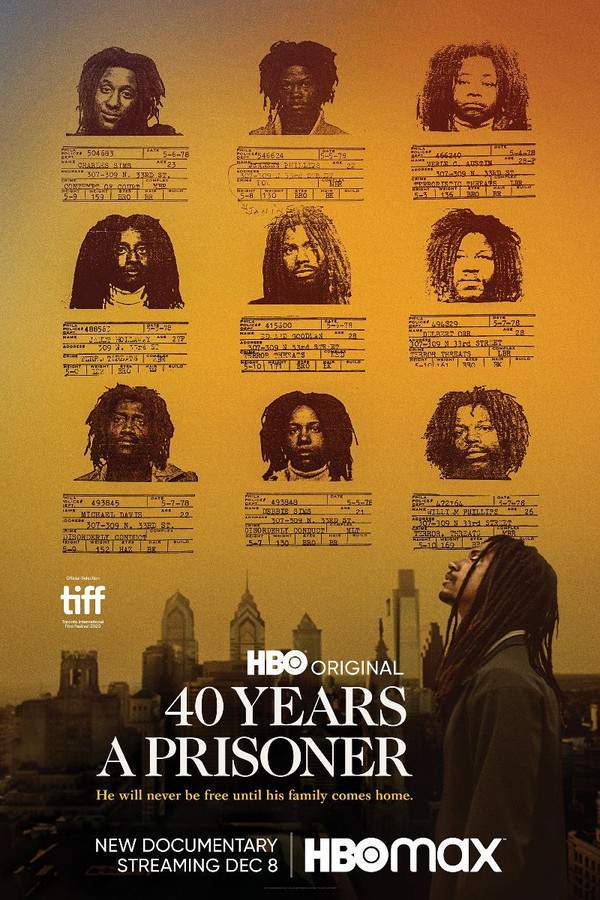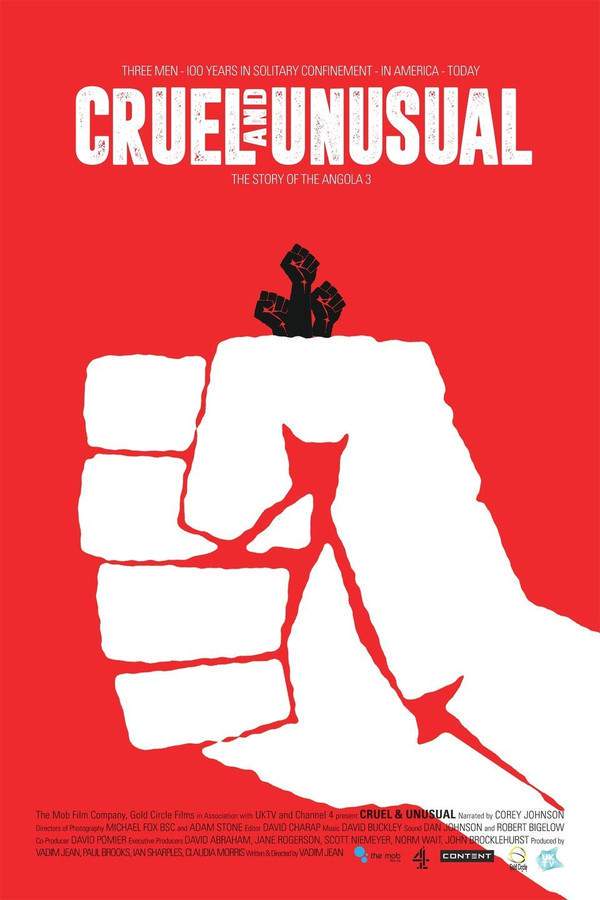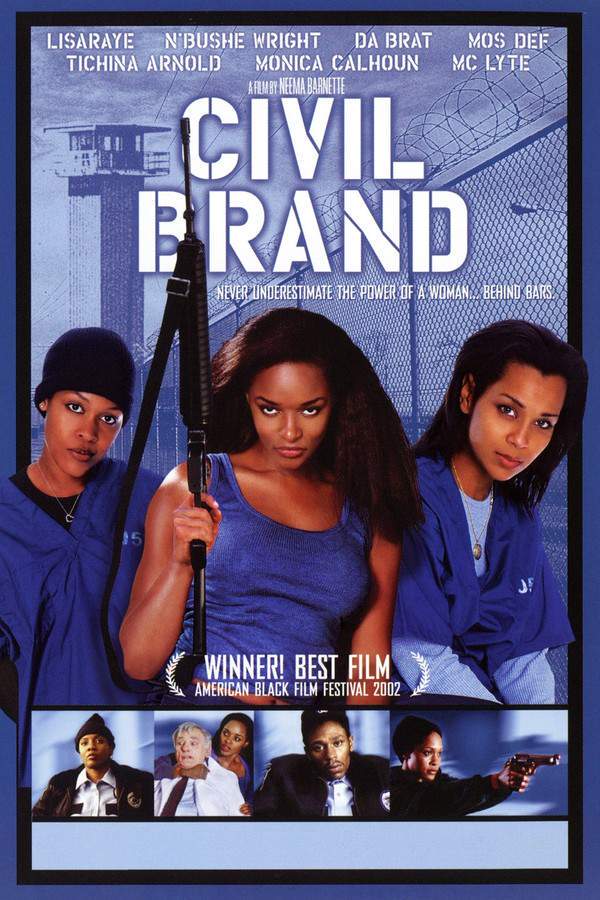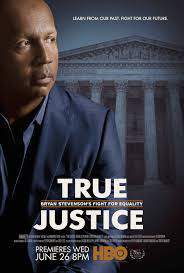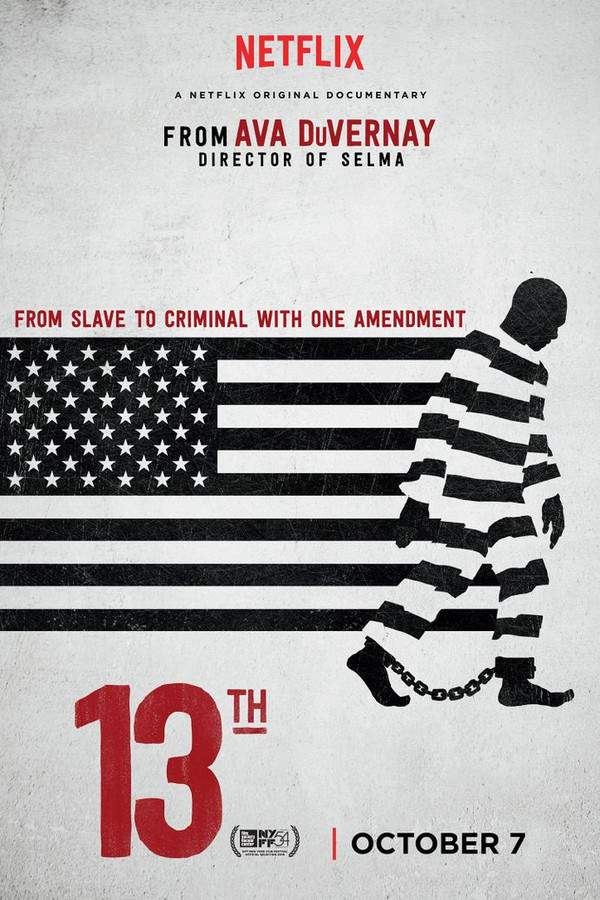
13th
Year: 2016
Runtime: 100 min
Language: English
Director: Ava DuVernay
Ava DuVernay’s powerful documentary explores the history of racial inequality in the American justice system. Focusing on the 13th Amendment and its loophole allowing for involuntary servitude, the film examines how this legal framework has contributed to the mass incarceration of African Americans. Through historical footage and interviews, it reveals the evolution of this system and its impact on communities, exposing its complex relationship with race, politics, and profit.
Warning: spoilers below!
Haven’t seen 13th yet? This summary contains major spoilers. Bookmark the page, watch the movie, and come back for the full breakdown. If you're ready, scroll on and relive the story!
Timeline – 13th (2016)
Trace every key event in 13th (2016) with our detailed, chronological timeline. Perfect for unpacking nonlinear stories, spotting hidden connections, and understanding how each scene builds toward the film’s climax. Whether you're revisiting or decoding for the first time, this timeline gives you the full picture.
Last Updated: November 04, 2024 at 04:47
Unlock the Full Story of 13th
Don't stop at just watching — explore 13th in full detail. From the complete plot summary and scene-by-scene timeline to character breakdowns, thematic analysis, and a deep dive into the ending — every page helps you truly understand what 13th is all about. Plus, discover what's next after the movie.
13th Summary
Read a complete plot summary of 13th, including all key story points, character arcs, and turning points. This in-depth recap is ideal for understanding the narrative structure or reviewing what happened in the movie.

Characters, Settings & Themes in 13th
Discover the characters, locations, and core themes that shape 13th. Get insights into symbolic elements, setting significance, and deeper narrative meaning — ideal for thematic analysis and movie breakdowns.

Similar Movies to 13th
Discover movies like 13th that share similar genres, themes, and storytelling elements. Whether you’re drawn to the atmosphere, character arcs, or plot structure, these curated recommendations will help you explore more films you’ll love.
Explore More About Movie 13th
13th (2016) Plot Summary & Movie Recap
13th (2016) Scene-by-Scene Movie Timeline
13th (2016) Spoiler-Free Summary & Key Flow
Movies Like 13th – Similar Titles You’ll Enjoy
The Prison in Twelve Landscapes (2016) Plot Summary & Ending Explained
12 Years a Slave (2013) Film Overview & Timeline
All In: The Fight for Democracy (2020) Movie Recap & Themes
In Prison My Whole Life (2008) Plot Summary & Ending Explained
The Prison Within (2020) Movie Recap & Themes
Prison (1988) Complete Plot Breakdown
12th & Delaware (2010) Complete Plot Breakdown
40 Years a Prisoner (2020) Full Movie Breakdown
Cruel and Unusual (2017) Full Movie Breakdown
Girlhood (2003) Detailed Story Recap
Civil Brand (2003) Plot Summary & Ending Explained
Since I Been Down (2020) Detailed Story Recap
The Farm: Angola, USA (1998) Complete Plot Breakdown
12 Angry Men (1997) Complete Plot Breakdown
True Justice: Bryan Stevenson's Fight for Equality (2019) Complete Plot Breakdown




